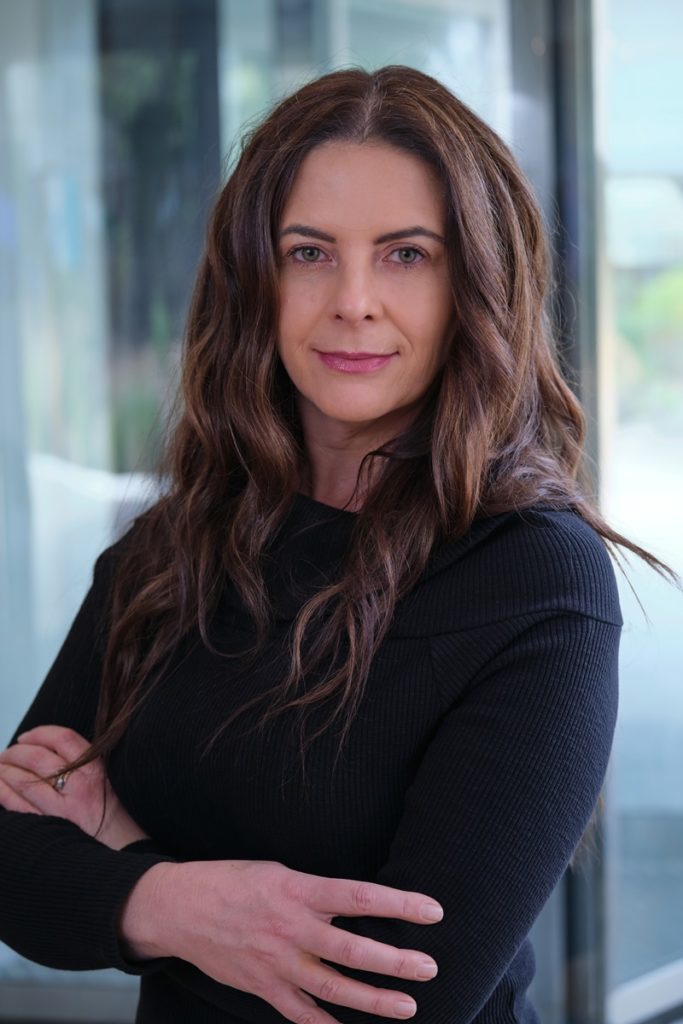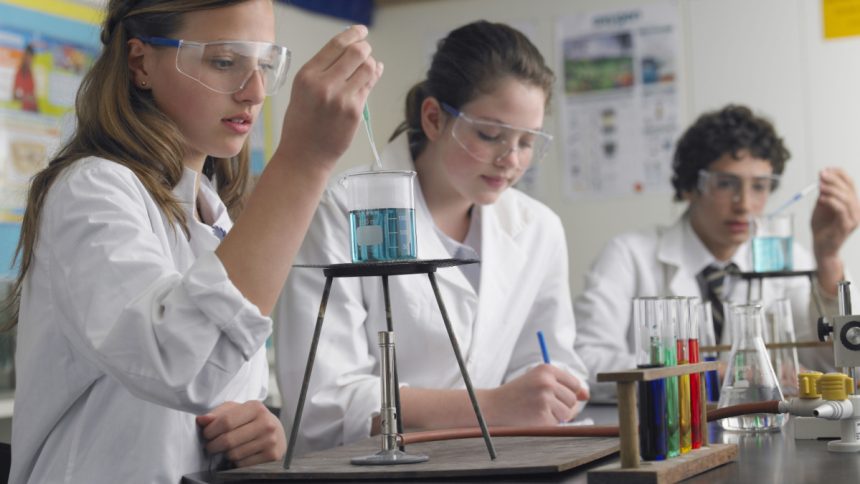From the Director of Education aiming to strengthen girls’ participation in science, technology, engineering, and mathematics (STEM), a scientist measuring Antarctic air samples, to a Chief Scientist with an interest in the manufacturing of lightweight materials — these are some of the STEM leaders harnessing the superpower of diversity to ensure a better future.
On 11 February, for UN International Day of Women and Girls in Science, celebrating how far women and girls in STEM have come while acknowledging how much more can be done to support their educational and career pathways is important.
Gender gap widens in high school
Four million students will attend school in Australia this year. As part of the Australian Curriculum, primary and secondary school students in years seven to 10, will undertake STEM learning. But by years 11 and 12, there is a marked drop in interest in STEM subjects. This is particularly true for female students. According to Australia’s 2021 Youth in STEM survey, 42 per cent of boys aspire to a career in STEM, while only 21 per cent of girls share the same ambition.
This difference only seems to widen as students get older. For example, most girls who want to work in STEM are aged 12 to 13, while interest in engineering drops from eight per cent at ages 14 to 17, to only five per cent at ages 18 to 25.
CSIRO Director of Education and Outreach Ruth Carr says there are several reasons why women have traditionally been underrepresented in science, and STEM fields more broadly. These may include, a lack of female role-models, perceived bias in the field toward males, misconceptions and stereotypes about the relevance of STEM and a lack of clarity about potential career pathways.
“At CSIRO, we have a number of initiatives which are specifically designed to address the decline STEM participation, particularly with underrepresented groups such as young women, Indigenous students, and students from low socio-educational areas,” Ms Carr says.

The power of educational pathways
Education programs like the ones offered by CSIRO play a pivotal role in promoting diversity in STEM by addressing disparities, stereotypes and fostering connections with role models in the field.
Through programs such as the Young Indigenous Women’s STEM Academy, CSIRO Education supports more than 600 young Indigenous women and 400 female STEM professionals. Meanwhile, initiatives like STEM Together and Generation STEM forge meaningful connections between real-life scientists, engineers, teachers, and schools, bringing STEM to life for over 150,000 students each year.
“There’s always more than can be done,” Ms Carr says.
“After all, STEM is everywhere. It’s how we learn, share knowledge and build a better future. Increasing participation of women in STEM must be more than equality.
“It’s about recognising the value of diversity of thought. Solutions are better when crafted through varied perspectives. By involving more women, we enhance innovation, inclusivity and effectiveness in solving Australia’s greatest challenges.”
Senior research scientist: Dr Ann Stavert

Dr Ann Stavert is no stranger to extreme field work, having travelled to Antarctica more than five times to join environmental research undertaken at the Australian Antarctic Program’s Casey Station.
She recently visited after a major storm damaged some air monitoring equipment and was one of the few specialists in Australia able to make the journey.
While in the field, Dr Stravert also took the time to meet via a live cross with her daughter’s primary school, after connecting with the science teacher via CSIRO’s STEM Professionals in Schools program. Dr Stravert was able to share with students and teachers alike a little about her work as a scientist in Antarctica, and how her air sampling findings are so important for monitoring changes to the earth’s air quality and the reasons behind it.
“Science is interesting, and challenging, and important. We need to encourage all kids to study it because the world is changing and we will need future scientists, engineers and mathematicians to help us understand it, and how to best live in it,” Dr Stravert says.
Chief Scientist: Professor Bronwyn Fox

Chief Scientist Professor Bronwyn Fox says it’s important to remember that it wasn’t that long ago that women were actively discouraged from studying STEM subjects.
“My own mother desperately wanted to study engineering and was told that women don’t become engineers. We’ve come a long way since then,” she says.
“Mum went on to study chemistry and later became a maths teacher, encouraging many women to study specialist maths at year 12.”
Professor Fox led an engineering research group at Deakin University, which consisted of 50 per cent women, all working on various aspects of materials science and engineering. There was a cascade effect where the creative and brilliant women who first joined the group encouraged other amazing women to join us.”
She says it was a traditionally masculine field, working closely with industry to make cars and planes lighter to reduce environmental emissions.
The evolution of girls and women in STEM continues
There’s been a major shift in women entering science fields. Australia is now fortunate to have remarkable female scientists like Professor Michelle Simmons, a world leader in quantum computing, Catherine Livingstone, the inaugural CEO of Cochlear, Chief Defence Scientist Dr Tanya Munro and Chief Scientist Dr Cathy Foley.
These women are not only exceptional scientists, but mentors and advocates.
“It’s an inconvenient truth that we won’t succeed in the future by doing the same things we’re doing today. We need to think differently and innovate. The secret to innovation is diversity,” Professor Fox says.
She adds that science needs diversity of gender but also cognitive, functional, personality, linguistic, socioeconomic, cultural, geographic, physical, and generational diversity.
“Addressing inequality isn’t just a problem for women to solve. It’s a problem for boys and men, and girls and women, and those who don’t identify as any of those labels to solve. It is a shared challenge and a shared responsibility.”







